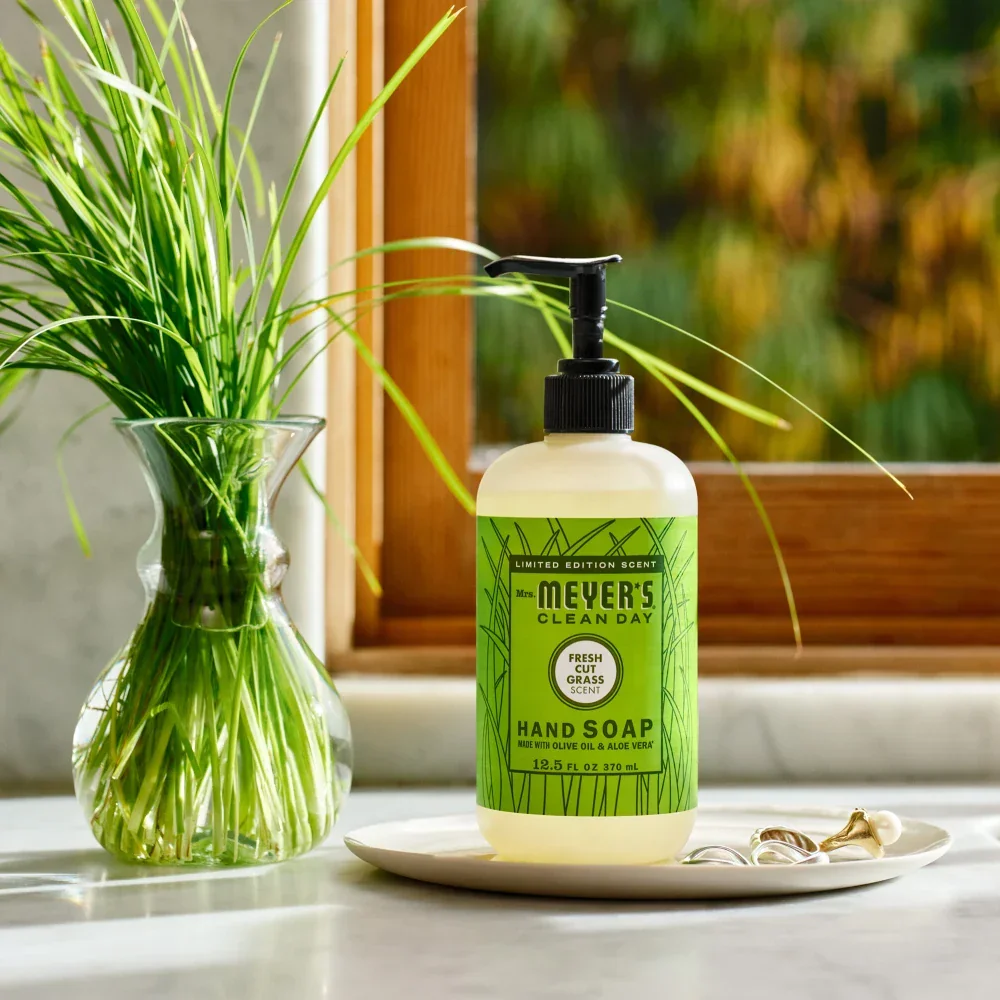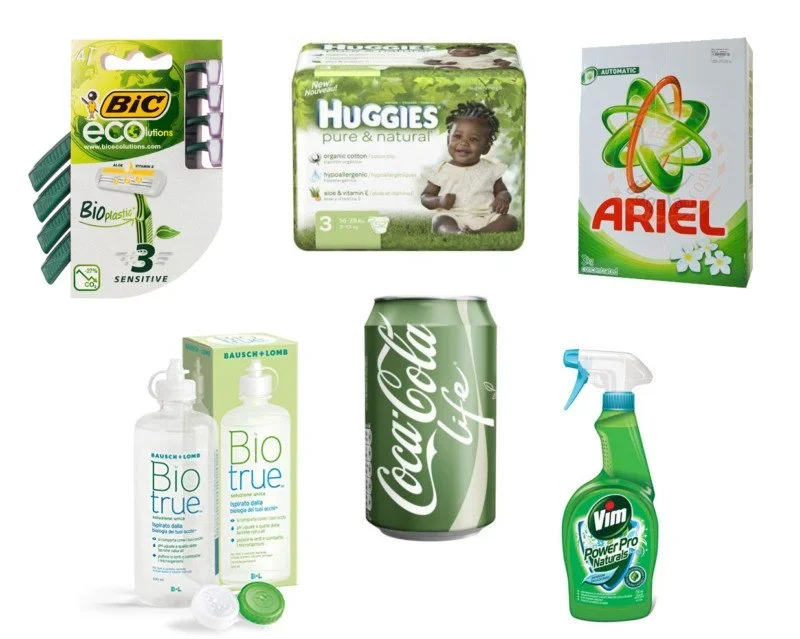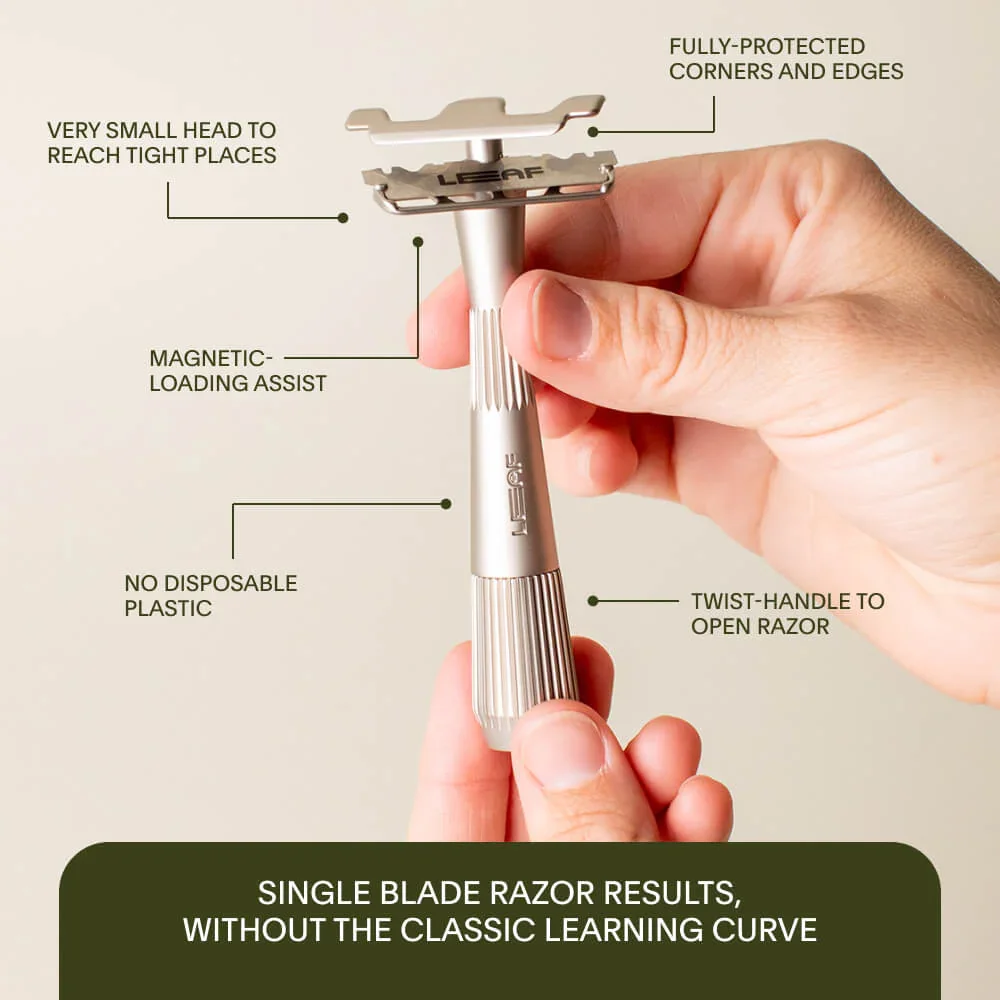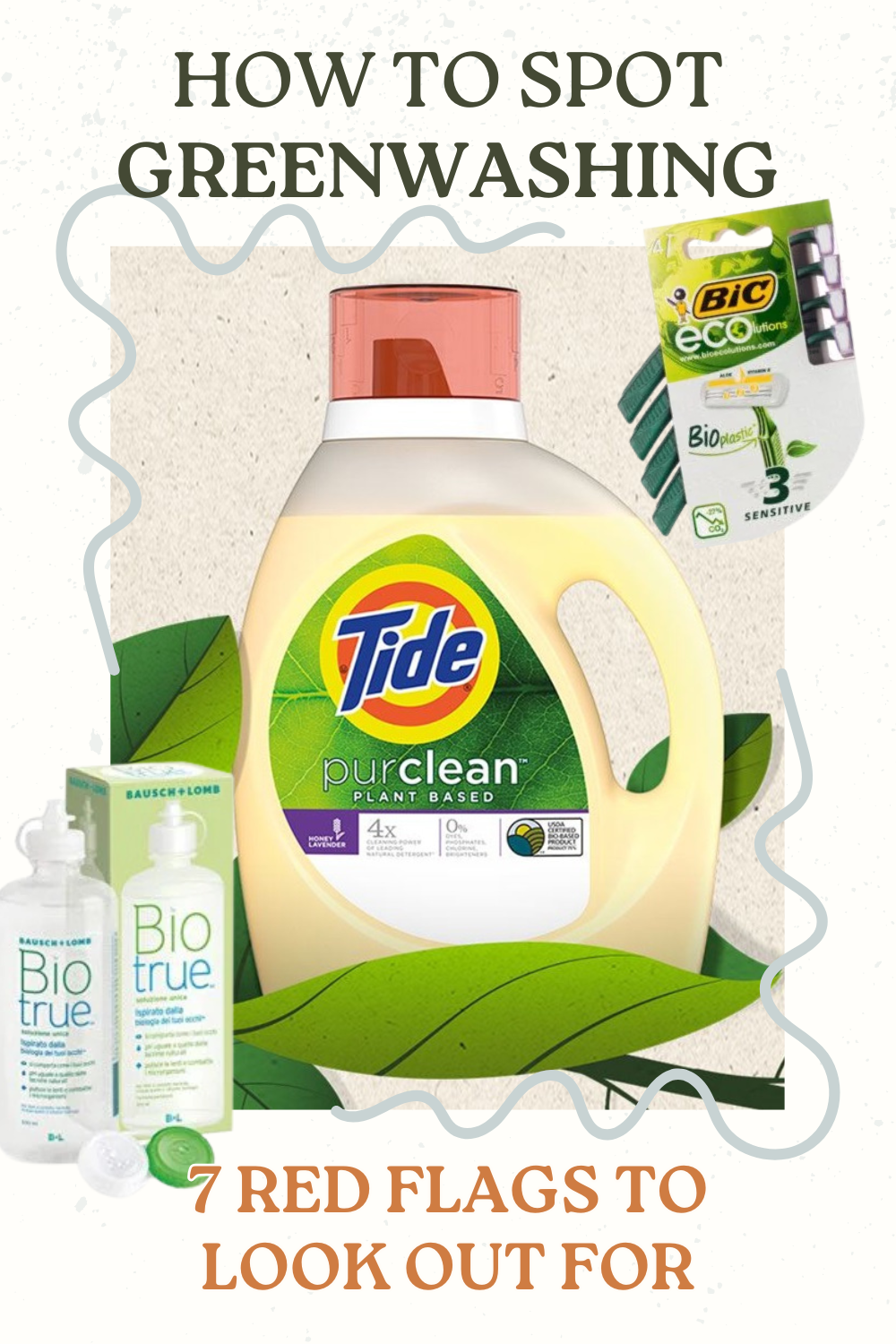How to Spot Greenwashing: 7 Red Flags to Look Out For
We’ve all been there: you see a product with soft green packaging and words like “eco,” “natural,” or “clean” printed on the front… and your hopeful heart thinks, “Yes! A sustainable option!” But not all that glitters is green.
In a world where marketing buzzwords can easily cloud reality, learning to spot greenwashing is a powerful way to become a more conscious, confident consumer. These 7 red flags are things I personally look out for when shopping—and they’ve saved me from wasting money on products that weren’t as planet-friendly as they claimed.
🌍 Greenwashing is when brands use misleading language or imagery to make their products seem more environmentally friendly than they actually are.
1. Vague Language (Like “Natural” or “Eco-Friendly”)
If a product says “eco,” “clean,” “green,” or “natural” without any proof… that’s a red flag. These terms aren’t regulated and often don’t mean much without context.
2. No Transparency or Specifics
A truly sustainable brand will share how it’s sustainable—materials, sourcing, packaging, production methods. If that info is missing or hard to find, it might be intentional.
3. Green Imagery with No Substance
Leafy packaging, beige tones, and earthy fonts don’t equal sustainability. It’s design—not data. Two photos below of a brand with clear greenwashing techniques (left) and a truly sustainable brand and their claims (right). See how the package and claims are different?
4. One Sustainable Product in an Otherwise Unsustainable Line
If a brand makes one “eco” item but the rest of their offerings are wasteful or harmful… it could be a marketing tactic rather than a mission shift.
5. Big Promises, No Certifications
If they say they’re “zero waste,” “cruelty free,” or “organic,” look for credible third-party certifications. Sometimes you’ll see brands claim big things like “cruelty-free” but not provide a third party certification - that doesn’t mean anything true unless it’s verified by PETA or Leaping Bunny (logos provided below). So watch out and look for third-party verifications! There are a bunch out there, but here are the ones I like to look for:
USDA Organic
Leaping Bunny
FSC (Forest Stewardship Council)
B Corp
Climate Neutral Certified
6. More Focus on Offsetting Than Reducing
Carbon offsets can be helpful, but they shouldn't be the only thing a brand is doing. If there’s no mention of reducing emissions, materials, or waste, it might be greenwashing in disguise.
7. They Guilt or Pressure You into Buying
Some greenwashing tactics use urgency or emotional pressure—like “If you care about the planet, you’ll buy this!” But sustainability isn’t about buying more—it’s about buying better (and often, less).
👀 Bonus Tip: When In Doubt, Dig Deeper
If you’re unsure about a brand’s sustainability claims:
Google “[Brand Name] + sustainability” or “+ greenwashing” (you can also check the blog for specific brands)
Check their FAQ or About pages
Look for transparency reports or materials breakdowns
And if you want help? I’ve already done the digging for dozens of brands inside my Sustainable or Greenwashing Database →
💭 CONCLUSION: BECOMING A MORE EMPOWERED CONSUMER
You don’t need to be perfect. You just need to be curious.
The more we learn to spot greenwashing, the more power we take back as consumers—and the more we can support brands that are actually doing the work. Knowledge is sustainable power. ♻️
It can feel overwhelming at first (trust me, I’ve been there), especially when so many brands are trying to sell us the feeling of sustainability rather than the reality of it. But you don’t have to decode it all overnight.
Start small. Pick one product in your routine—a lotion, a cleaning spray, a T-shirt—and do a little digging. Ask questions. Check ingredients. Look for transparency. Over time, this awareness becomes second nature.
💡 Remember: you vote with your dollar. Every time you choose a brand that backs up its values with real action, you’re supporting a better future—not just for the planet, but for people too.
And if you mess up or buy something that turned out to be greenwashing? You’re not a bad environmentalist. You’re learning. That’s part of the process!
📌 Need Help Spotting Greenwashing?
I created the Sustainable or Greenwashing Database to make this easier. It’s filled with deep dives into popular brands so you can shop smarter, save time, and avoid the eco-marketing traps.
Whether you're just starting your sustainability journey or refining the habits you've already built, I’m cheering you on. 🌎💚
We don’t need a few people doing sustainability perfectly—we need millions doing it imperfectly, with curiosity and care.
XOXO,
Krys <3














